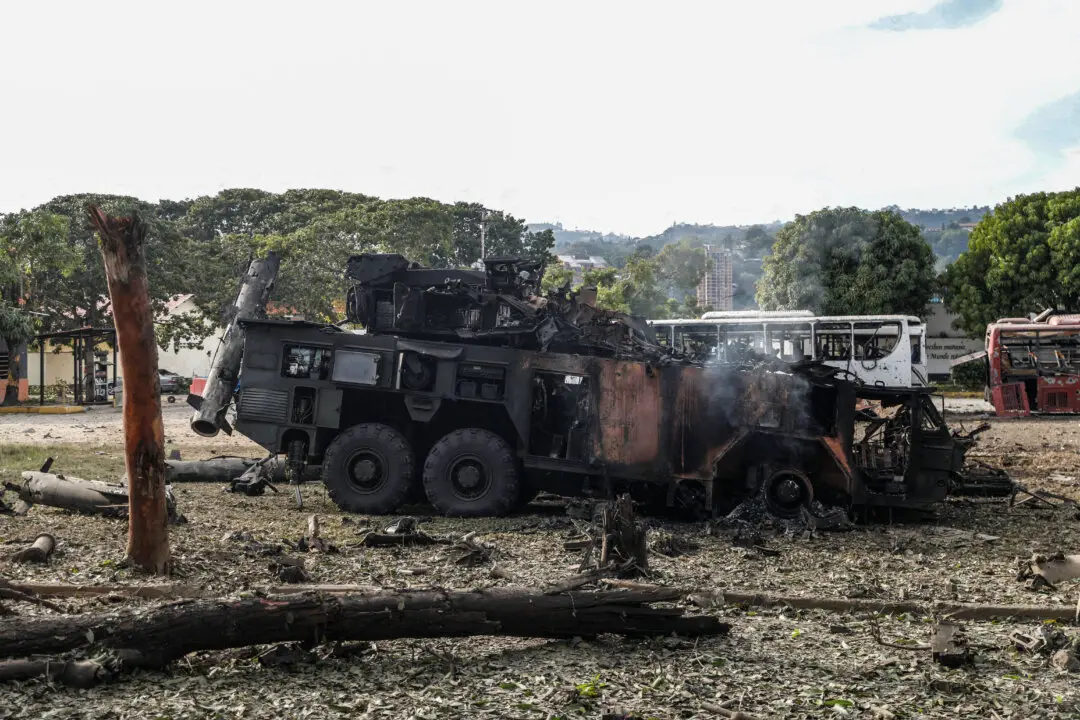The White House won’t refill the Strategic Petroleum Reserve in the near future after the stockpile was drawn down by millions of barrels since 2021, U.S. Secretary of Energy Jennifer Granholm said in a recent interview.
The Biden administration has leaned heavily on the SPR since late 2021 to offset tight crude supplies that had boosted fuel costs for Americans. As of earlier this month, the SPR’s balance was at its lowest since 1983 after the release of about 200 million barrels or more.





